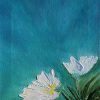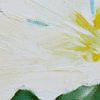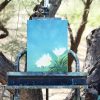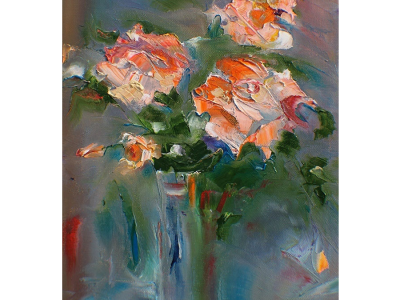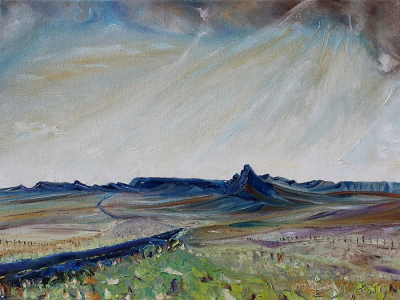Description
“Oenothera Caespitosa (Evening Primrose)”
- 14x11in.
- Oil on Canvas
- Unframed
Evening Primrose is a perennial plant with a starchy taproot. It is common in arid prairies and deserts. The evening primrose has simple, oblong, basal leaves that are coarsely serrated. The flowers are solitary or few in number, with 4 separate sepals, 4 separate petals, and 8 stamens. The pistil of the evening primrose has a deeply divided 4-parted stigma. The ovary matures as a capsule with many seeds.
General characteristics of the evening primrose are that they can be annual, biennial, or perennial. Blossoms are white, pink, yellow, have four petals, four sepals, eight stamen and a four-celled seed pod forms against stem. The evening primrose blossoms tend to be from two to four inches in diameter, and the plants can be from six inches to five feet tall. They range in altitude from sea level to 9,000 feet, but are most common from 1,000 to 7,000 feet. Cold hardiness varies but is usually to about 10°F.
Evening primrose has been used historically for medicinal purposes, and recent clinical studies indicate that the oil of evening primrose is high in Gamma-linolenic Acid (GLA) and is useful in regulating fatty acids, reducing hot flashes and PMS, and improving eczema and psoriasis (when used topically). Other studies concerning use in some types of heart disease look promising, but it’s too early to know for sure.
About the Artist:
As a young man I was always outside observing my surroundings. I graduated from Elsenburg College Stellenbosch in South Africa with degrees in Agriculture, Horticulture, and Oenology. I first specialized in growing roses and fruit trees in the Eastern Cape region where I taught local farm workers to play rugby and established a rugby league while they taught me how to speak their native tongue, Xhosa.
I traveled the world extensively and then settled in Tucson, Arizona where I live with my wife Sarah and two sons James and Gordon. Sarah, Yale educated in art history, finally put the palette knife in my hand. I am self-taught and express what comes naturally to me. My paintings are full of movement, deep and rich. I let the moment, mood, and my education of the subject, inspire my art.

